“I’m not interested in Dying Light,” a friend recently told me. I arched an inquisitive eyebrow. “Why?” A few seconds later, his response flashed on screen. “Because it doesn’t look that original.” For a few moments, I struggled to compose a response.
Finally, I asked him a simple question: “Why should that matter?”
Techland’s Dying Light is an excellent game. It’s got great mechanics that blend together well, putting its players in a cool world with a great sense of space. The entire package, from design to narrative, is exceedingly well put together, with just a few minor exceptions.
Around the time of the game’s release, however, a great number of friends and acquaintances decided that Dying Light was not worth spending time on because it was not “original.”
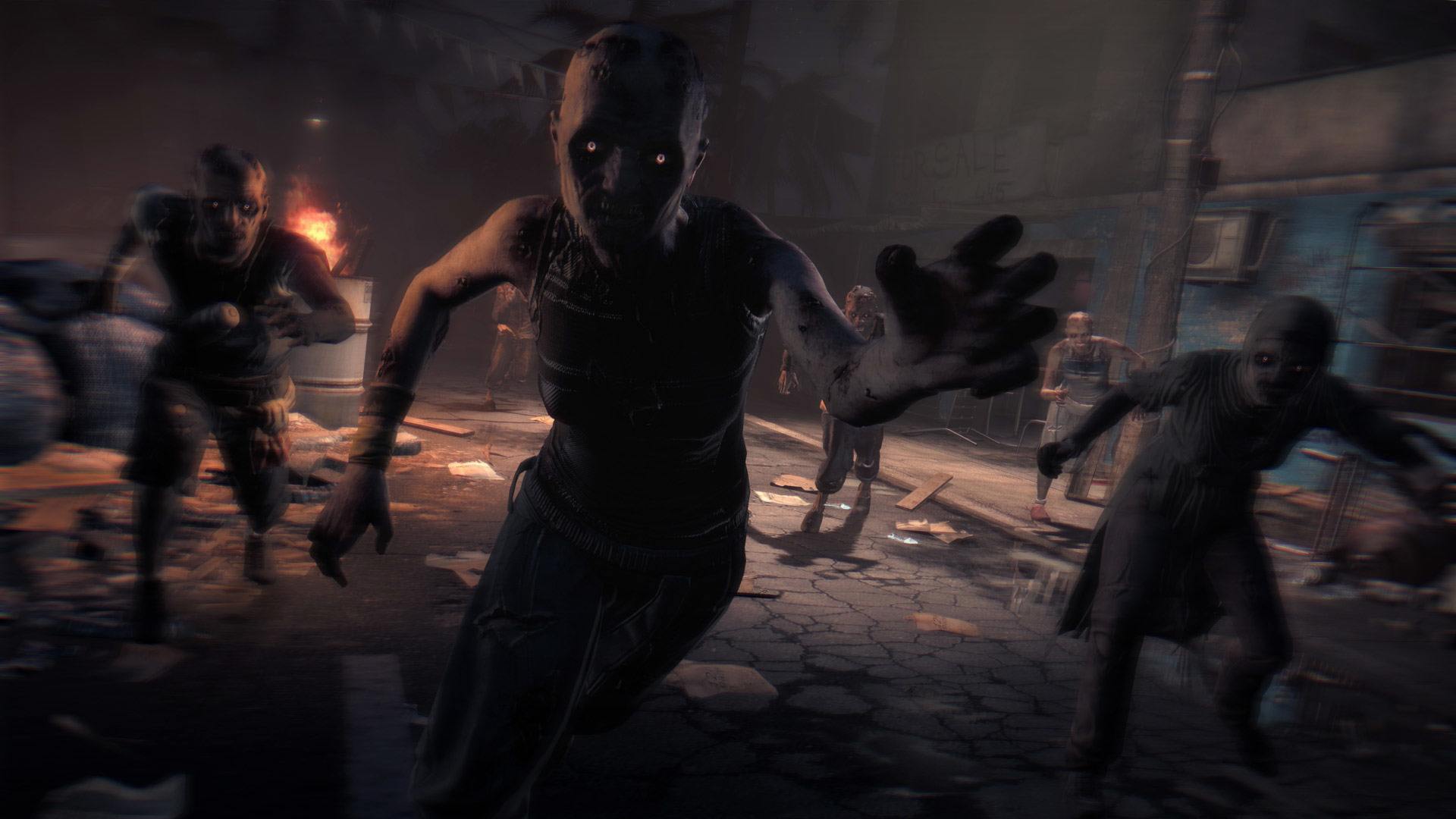
Playing Dying Light, I found myself asking a lot of questions about originality, specifically what it is and whether it matters. Dying Light is a first-person open world parkour game set during a zombie outbreak. Well, we’ve played first-person games. We’ve played open world games. We’ve played parkour games. We’ve played zombie games. Taken as separate entities, none of these concepts are new.
Even in combination, we’ve seen them before. First person and parkour? Mirror’s Edge. First-person open world? Far Cry. Open world and zombies? Dead Island. First person and zombies? Dead Island and ZombiU come to mind. Open world and parkour? Assassin’s Creed, sort of.
So what’s Dying Light about? Why might it work, even if it isn’t original?
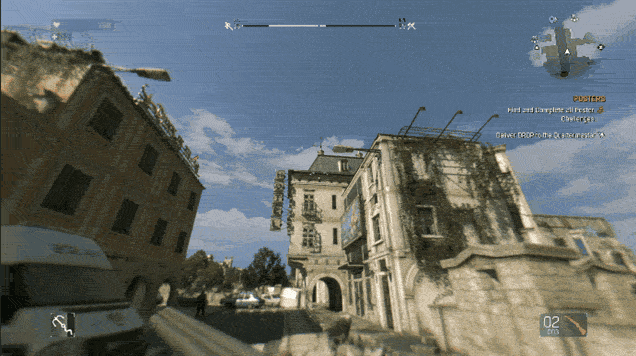
It’s about movement
If you’ve played Dying Light, you know that none of the games it’s compared to match up precisely with what it attempts to accomplish. While Dying Light is often described as “Mirror’s Edge with zombies,” that’s not accurate. Mirror’s Edge has this very precise, planned flow. To succeed, you have to be meticulous in your play, or, in all likelihood, experience a massive break in the flow where you die over and over and over again.
Consider another zombie game, Dead Rising. Capcom’s super-fun zombie series is commonly thought of and advertised as a zombie game, but in truth, it’s about time management. Players are given a handful of competing, time-based tasks and asked to figure out how to complete them. It’s a game about learning the game’s space and event times, then resisting the temptation of just going to town on every zombie you see. A good Dead Rising game is at its best on subsequent playthroughs, when players know everything that’s going to happen. It’s almost a Groundhog Day
situation.
In contrast, Dying Light uses zombies as a sort of “the floor is lava” approach. The tasks are not time-based, but each zombie type influences the way the player interacts with the environment. They encourage players to stick to the rooftops, parkouring around the environment. The dynamic nature of the zombies ensures that you will seldom take the same route more than once.
Dying Light isn’t about learning to get good at a particular mode of traversal, nor is it about becoming an omniscient hero capable of saving everyone. It’s about creatively moving through the game space, with most of the tools in the game empowering the player to do just that.
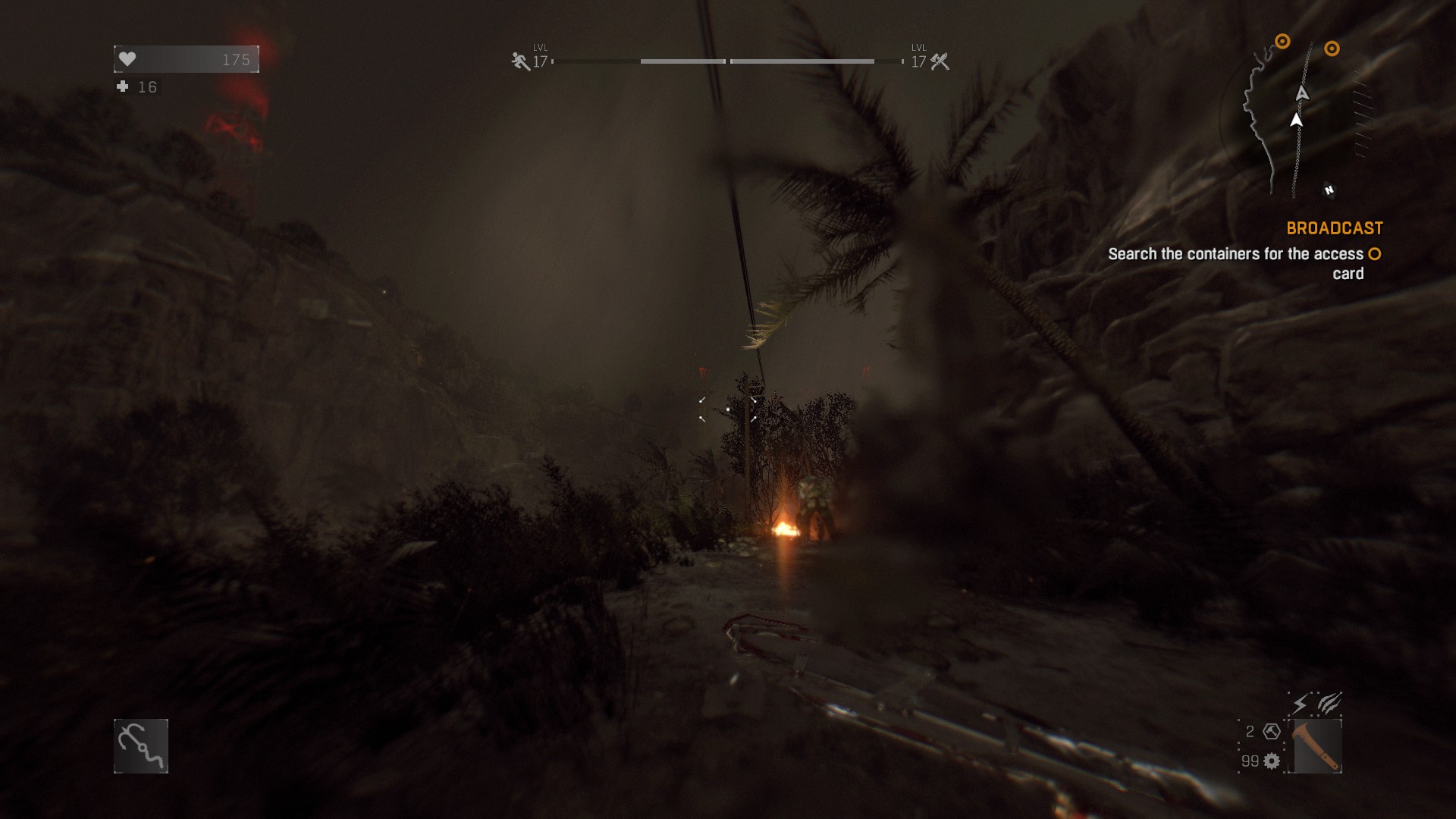
It’s about variety
Dying Light is best compared to 2012’s Far Cry 3. Where Mirror’s Edge is about moving from A to Z without stopping, Far Cry 3 is about the intelligent use of one’s environment to solve problems. Dying Light takes that a step further. Many of the game’s tools help with this: the grappling hook helps you make impossible jumps, firecrackers or explosives can be used to manipulate zombies, ziplines transport you quickly from one space to the next.
The Far Cry design ideal is there, but it’s been taken to its logical extreme. You can climb on anything, go anywhere, and tackle objectives with a greater deal of finesse than you could in any Far Cry game. This emphasis on player agency and creativity creates a really solid, enjoyable game experience. If you’re feeling tired of a particular strategy, that’s fine! Dying Light will support whichever strategy you wish to use.
Not only that, but in Dying Light, every skill feels as if it matters. There’s nothing pointless here — each time you level up, a new ability is added to your arsenal, keeping the game experience fresh. Starting to get bored of climbing all the time? Cool, here’s a grappling hook. Wish you had a way to increase your jump height? Here’s a skill that lets you use zombies as a springboard.
Just when you get comfortable with the game’s first map, it gives you a second one that’s much tighter. Parkour goes from being something you do part time to something you can do all the time. Some of the most fun I’ve had gaming in the past few years has been combining zipline, grappling hook, and rooftop movements for lengthy marathons across Dying Light‘s cityscape.
Play how you want — the opportunities are almost endless.
If that’s not enough, Dying Light features enemies that help move you around the map as well. Virals encourage players to flee, volatiles and night hunters encourage players to run toward light sources, spitters require a careful attention to player surroundings, and on and on it goes. A player running from volatiles is likely to be using ziplines, lights, and firecrackers, while a player trying to sneak up on bolters is probably wearing zombie camouflage and keeping as quiet as possible.
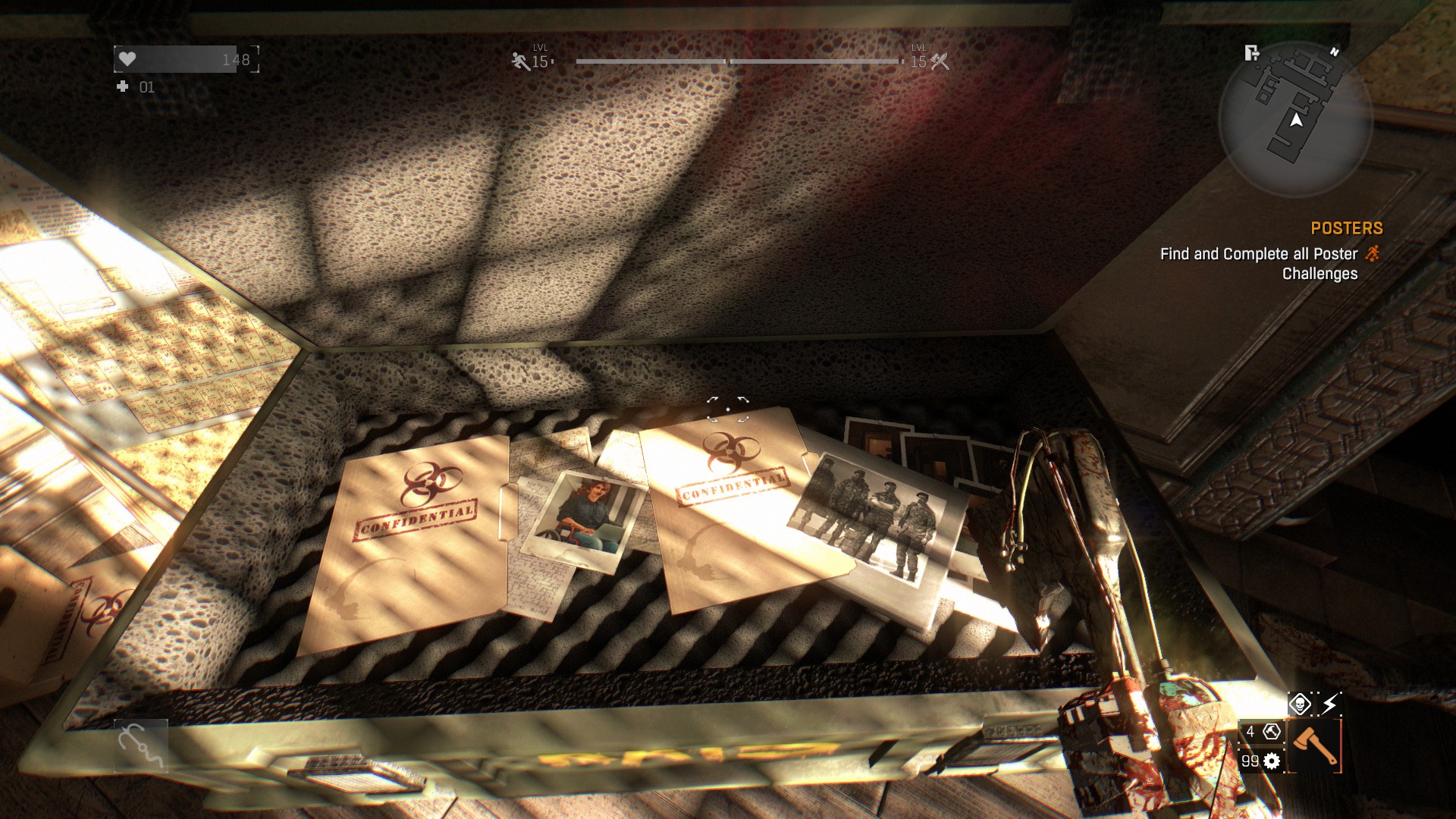
It’s a little bit about other games
Dying Light has a lot in common with Far Cry 3. Rather than simply imitating Ubisoft’s great open-world shooter, however, Dying Light seems to delight in commenting on Far Cry 3‘s design philosophy.
If you’ve never played Far Cry 3, first, go do that; it’s a wonderful game, storytelling aside. Far Cry 4 is great as well, and improves on most non-storytelling areas of Far Cry 3, but considering that Dying Light released just two months after Far Cry 4, I think it’s more likely that Far Cry 3 was was the source of inspiration, so that’s the comparison I’ll be making.
From Far Cry 2 onward, the big Far Cry games have always included two world maps. Both maps feature virtually identical gameplay. It feels as if the developers include the second map just to give the player more places to go to rather than expanding the gameplay options. Dying Light also has a second map, but unlike the slums and factories of the first map, the second map is set in a dense, urban environment with a lot more rooftop traversal options. It’s a delight to get to — the slums are cool, but Oldtown recontextualizes all the skills players have developed up to this point in the game.
In many Ubisoft games, players are unable to view the world map until they climb to a vantage point in order to see what’s out there, and Far Cry 3 is no exception. Dying Light features towers as well, but of the four towers to climb in the game, two are part of the same quest, one is simply an unlockable safe zone (safe zones are all different from each other), and the last one can be found in a quest late in the the game.
More importantly, climbing these towers is used as a way to encourage players to think about and apply their climbing skills. Far Cry 3 never offers a reason to think about climbing outside of the towers. Dying Light‘s towers are just another expression of the climbing mechanics found throughout the game. If anything, they actually make sense in the design. Not only that, but one of them is used as a joke about Far Cry 3’s towers — get up to the top to switch it on… and there’s nothing there.
It’s as if Dying Light is saying to Far Cry 3: “Anything you can do, I can do better.”
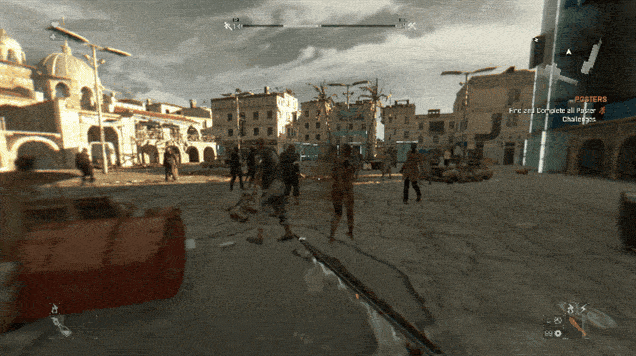
It’s about executing ideas well
Dying Light has some of the best quests I’ve come across in an open world game, partly because it so frequently subverts expectation. Some children ask you to kill the “troll” that’s bellowing so loudly it keeps them from sleeping at night. When you find and kill what you presume to be the troll, their caretaker informs you over the radio that you’ve killed the wrong troll. A few seconds later, an even bigger zombie bursts through a wall as the caretaker screams “that’s the troll!” and you have to deal with yet another monster.
The quest that sends you to the first tower challenges you to climb and switch on a transmitter, but once you’ve got there, you discover that the transmitter’s been stolen. Heading to the next transmitter introduces you to some non-player characters, unlocks a previously-inaccessible base, and, yes, has you climbing a tower again and switching things on, which has some repercussions in and of itself.
A man begs for a gun to save his family, but then he runs off with his boy, leaving his wife behind. It’s one of the first sidequests you can access, and the ramifications keep showing up throughout the game. Eventually, the man succumbs to the zombie virus, sacrificing his life for his son’s, and it’s your job to dispatch him and save his child.
Too many games with open worlds feature quests are some version of “go here, kill this or retrieve that.” Dying Light has a few of those, but even then, they’re still pretty good. One series of missions simply drops you into a fight with as many zombies as possible and gives you a weapon that kills them in one hit. It’s supremely fun. Others test your ability to navigate through environments. Most of the missions directly tie in with the game’s core of movement and planning.
One series of sidequests, for instance, is about building a bomb, but far more importantly is the fact that the bomb must be planted in a nest of volatiles. The mission is early enough in the game that volatile zombies are still new and extremely dangerous to the player. Tackling the mission properly requires using tools and skills that, early on, don’t appear to be that useful. I never understood the value of firecrackers in Dying Light until I used them on the volatiles.
In other words, Dying Light’s missions aren’t just a series of fetch quests, they’re about telling interesting stories, subverting your expectations, and, most importantly of all, helping you become a better player. It’s got a real sense of substance.
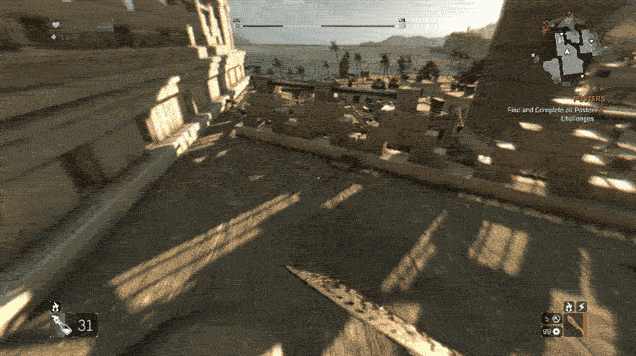
Originality isn’t everything
In the years since gaming’s indie revolution, I’ve seen people talk about how, say, all AAA games play it ‘safe’ and don’t try new things, so indies are the future, or how indies are all about cashing in on popular trends, and the real artistic spirit is found in ‘altgames.’
Many of these arguments bring up originality, as if an original game was inherently a good game. That’s a challenging proposition to accept. After all, I’ve played a great many indie and altgames, and in my experience, Sturgeon’s law that 90% of everything is crap is in full effect. Something might be new, but that doesn’t mean it will be good.
Is originality even possible? Most game mechanics are simply representations of things we can do. Cook, Serve, Delicious! is about making food. Forza is about driving cars. Payday is about robbing banks. Suffice it to say, I don’t think there’s a single human action that a game hasn’t endeavoured to replicate in some way. It’s part of the reason we saw so much originality back in the ’80s and ’90s — back then, game designers hadn’t made games about bank robberies, car racing, or cooking food.
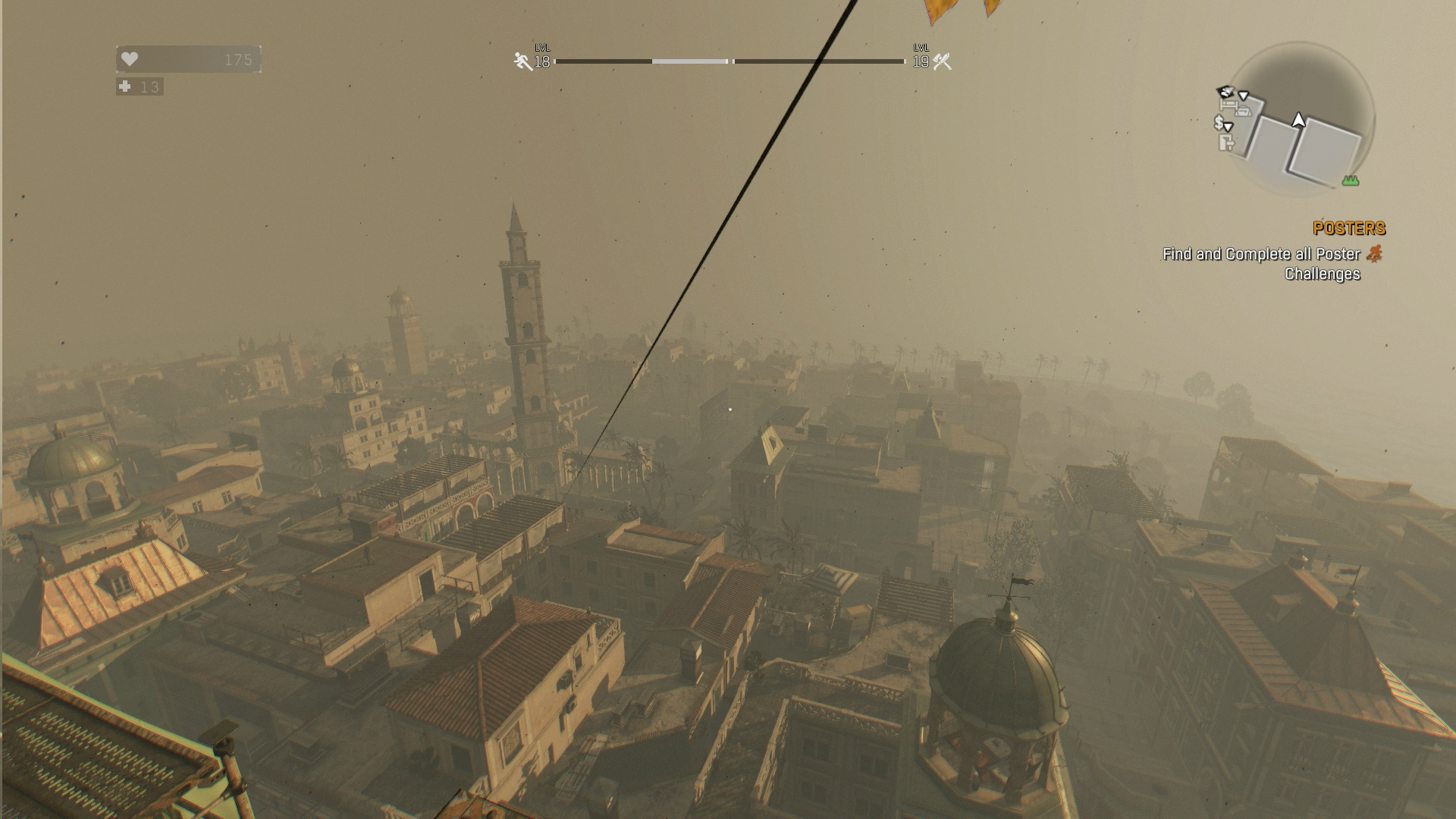
These days, game creators have covered all the basic bases of human behaviour. It can be challenging to come up with some behaviour that hasn’t already come up in another game. Most “original” mechanics out there are simple twists on previously-existing mechanics, after all. It just might be that originality isn’t even possible these days. Entire philosophical systems, like post-modernism, argue that there is nothing new under the sun, just remixes of the same ideas.
But even if we were confident that originality still existed, would it matter? I can’t help but think we’ve fallen prey to the marketers. For decades, advertisers have put bullet points on the back of boxes, saying “our game does something nobody else has ever done!” Games were bought and sold based on the almighty bullet point, and I think that, because of this, our value system, as gamers, has shifted toward the originality that marketers have promised.
Instead of talking about whether any given game is good, marketers frequently point us towards the new things it does.
Ever been to a new restaurant and ordered a steak, only to find it’s the best steak you’ve ever had? Restaurants are more often valued on the quality of their dishes than whether or not those dishes are original. Offer someone a choice between the best steak they have ever had and, say, pickle and fish stick-flavored ice cream, and more often than not, they’re going to pick the former. Some ideas are bad, even if they are original. Some meals are great precisely because they’re really well-executed classics.
Good game design is about taking disparate elements and putting them together in a cohesive whole. Each component of the game, whether it be mechanics, systems, art assets, sound design, or anything else, should be carefully considered and put together in a way that makes sense. Even with the same ingredients, you can still end up with different dishes — cookies and shortbread have the same bases, but no one would confuse the two.
In other words it’s the synthesis of a game’s elements that matter, not whether they have been used before.
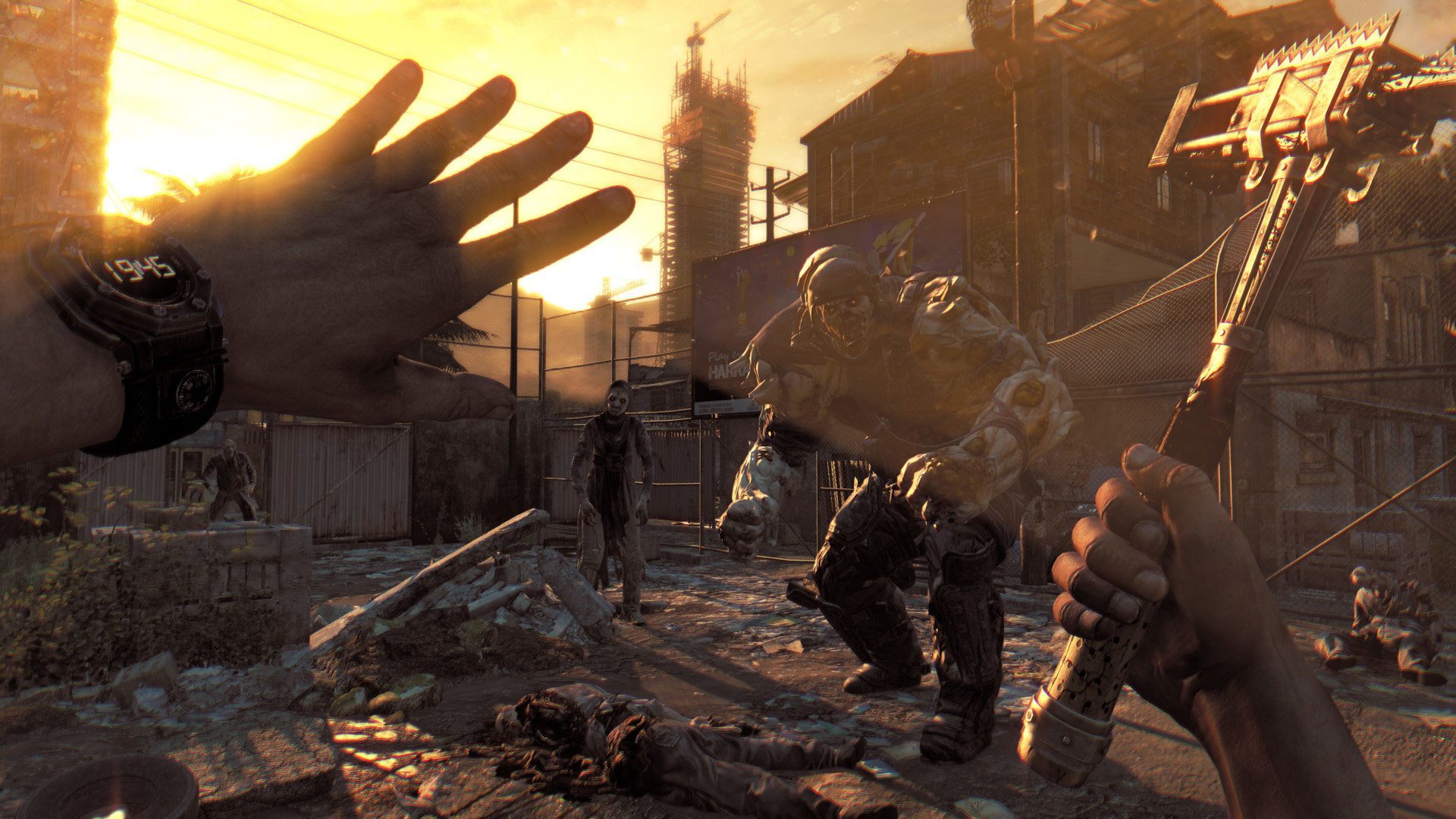
Dying Light is like a great recipe or well-prepared meal. Yes, its ingredients have been seen elsewhere. Mirror’s Edge is a first-person parkour game. Dead Rising is an open world zombie title. Far Cry is an open-world first-person shooter. But the thing is, Dying Light is just plain good at what it does. It’s got parkour for completely different reasons than Mirror’s Edge, zombies that don’t work at all like Dead Rising’s, and an open world that, in some ways, is a grand improvement on the already-excellent Far Cry 3 and 4.
Nobody turns down a great steak because other people make steaks, so don’t pass up an opportunity to play a great game just because it sounds familiar. You owe it to yourself to play Dying Light. It’s a well-made game, one that I definitely valued my time with. I think you will too.
GB Burford is a freelance journalist and indie game developer who just can’t get enough of exploring why games work. You can reach him on Twitter at@ForgetAmnesiaor on hisblog. You can support him and even suggest games to write about over at his Patreon.
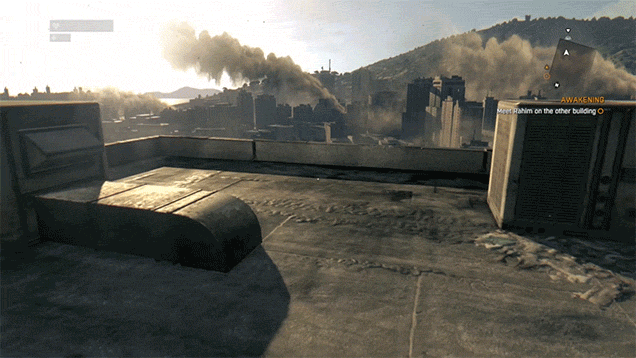
Comments
22 responses to “Originality In Video Games Is Overrated”
So was this an article about originality in games or an article about Dying Light?
On the subject of originality, I’d be interested to know what games your friend does play. Simulators? RPGs? FPSs? Action games? Basically everything has been done before. Any new game coming up will borrow a vast majority of its gameplay (if not graphics as well) and interface from games gone by.
My standing, as is yours GB, is that if it’s fun to play, who cares?
“if it’s fun to play, who cares?”
I find this is becoming more and more a necessary mantra to repeat these days, since the “internet” seems to forget it.
If a game isn’t fun, or whatever the hell Papers Please is (engagingly stressful?) I’ll pass, thanks.
Gameplay in almost every situation is of the utmost importance for a game to be successful as a game however games such as Papers Please do not fail because the game isn’t fun. In this scenario the gameplay and its steady increase in difficulty or complexity alongside a rising level of stress serve to illustrate governmental oppression of a fictional nation.
Here, although the game isn’t fun, the gameplay supports the story and the story supports the gameplay, in my opinion exactly what I want from a video game. I personally want to see more games like Papers Please, Actual Sunlight, Coming out simulator and even, dare I say it, Depression Quest because games don’t all need to become a feel-good action film, games are potentially the most powerful medium in the generation of empathy and I’m very glad to see these games made.
I believe you’re actually pointing out that you did like Papers Please, so I’m not trying to convince you that it specifically is a good game, but I don’t think “fun” is always a good metric to measure a game by. PBS Game/show (YouTube channel) did a great piece on that exact topic, but I can’t find it, might have been pulled off YouTube for whatever reason. Regardless, I think these games are really important, just like movies, books and TV shows, games are also beginning to explore new subject matter, which is really important if as a medium video games ever going to be respected as more than just fox news moral panic by people at large (even amongst “gamers” there is often a perception that games aren’t as worthy or important a medium as cinema for example).
Yeah, I wasn’t shitting on Papers, Please. I know it’s a good game, but I know it’s certainly not “fun”, at least in the traditional sense. They’ve certainly perfected the oppressive, depressive atmosphere they created.
Zombie games especially are just overdone, there are too many. Personally, I wouldn’t buy another zombie game unless it had something original, because I’ve played plenty zombie games and don’t want to play the same things again.
If it’s fun who cares? You have to buy the game to know if it’s fun and why spend on something that might be fun when you can buy something else you’re confident would be fun?
First Person games ARE largely un-original, that’s a fact.
Why else are they shoving VR down our throats?
VR doesnt really work with FPS though unless they are vehicle based like Eve and Star Citizen etc
Mech warrior style games is what im hoping for when VR comes out
haha, good april fools my friend
i tip my hat to you
except, i dont have a hat
haha, got you right back!
As much as I enjoy the authors enthusiasm and obvious love of dying light, there is fairly little here which rings true for my experience.
Maybe it’s because I’m not a huge zombie fan, maybe it’s because I am a huge mirrors edge fan. Maybe I liked far cry 3 too much and dead island too little.
But I’ve found little enjoyment in dying light in the 5-6 hours I’ve spent in it. It does feel somewhat original, but also very familiar. The story feels predictable and underwrought (maybe this improves?) and I felt bereft of choices, not the opposite.
Comparing it to a similar, but more “original” game like Sunset Overdrive – I know my choice.
you should put a spoiler warning on this article
Sounds like someone got hurt that their friend didn’t like the same game as them, thenused their position as a journalist to dribble on about how much he likes Dying Light.
Guess it’s all in the title, why make and original article, why not just do another Dying Light review?
I think what’s going wrong is we’re assuming the friend knows exactly how to phrase their feelings towards the game. It’s not that Dying Light isn’t original enough, that’s just how the person feels, it’s that Dying Light came across as being fairly uninspired. A lot of great zombie games suffer from being realistic (read: dull and brown) looking, full of zombies, with an emphasis on scrounging together junk. There’s a lot more to the game than that but those aspects are still the hooks it uses to get people to look at it for more than two seconds. At one point they were what got the audience to pay attention, now they’re active barriers preventing people from that initial ‘this looks interesting, I’ll keep my eye on it’ response.
It makes a game that’s rather different and fun to play come off as being just another simple entry in a tired genre. Even when you look deep enough understand that the movement separates it from the rest it still looks just like the rest, making the movement seem like a gimmick slapped on top of a standard grit zombie FPS rather than a core change in direction.
Personally I think it’s in part due to the over reliance on realism in graphics to prove the game is visually impressive. There’s like realistic, realistic with blood, and realistic with blood and brown clouds. Games are of a completely different genre but share the art style and first person perspective, which makes them seem like practically the same thing. Everything has the same serious tone which makes it really easy to dismiss radically different games simply because you think you’re not in the mood for another gritty, mopey, realistic game. When Dying Light came out I knew it was good but I was in the mood to have some fun. I probably would have if I installed it but it looked like a game that took itself seriously and that’s exactly what I needed a break from.
As much as I would like the time to play Dying light – As a gamer I do know exactly what it’s going to be and the experiences I will have before playing it – this is a potential fear in all gamers minds as they decide weather to purchase a new game or not especially hardcopy (PS4) games – if you don’t experience anything new or innovative why invest in it.
From never even playing the game – just the footage I have seen:
I feel that Dying light is as beautiful as Far Cry 3 with Grapple Mechanics and Zombies and a slightly more advanced movement system
I don’t even own Far Cry 3 – Nor have I played it – I know Far Cry 3 is just a more open world version of Far Cry 1 and 2 with more hunting mechanics and a more open world slightly better graphics and more advanced UI – Open world means an investment of time.
Conclusion:
– Dying light is an investment of time. – It will be slightly more enjoyable then my time I had with Day Z – Yes, Potentially Slightly more fun then the time I played COD Zombies – Yeah, Potentially slightly more enjoyable then playing Dead Island – YOU BETCHA – Is it worth the investment of buying the game then playing it for hours on end.. Nope.
Don’t get me wrong:
If I had not played tonnes of these games before I WOULD have bought Dying light.
I would rather new experiences with my PS4 – Go for the weird games that give you moments of WHAT THE?? – That was unexpected.
Its so weird because the industry aims for these standards of making all games so pixel heavy and so beautiful that it lacks the new experiences we love so much in gaming.
I had more fun with Garden Warfare then I did with Advanced Warfare – Because I have been playing cod for so many years its still stale and mech suites felt gimmicky but OP.
I had more fun with Trials Fusion then I did with Killzone – It was beautiful but so bland.
I had more fun with Resogun then I did in ANY sports game
And I had a hell tonne of fun with AC:Black Flag but have not enjoyed a single Assassins creed game as much prior or since its release.
Each of those games FELT UNIQUE and distinguished themselves as stand out titles in my eyes you don’t have to over complicate a game to make it enjoyable – Looking at you Watch Dogs…
If a game is truly original I can overlook some slightly clunky controls or less elegantly executed concepts. If a game is not in any way original then it needs to play well, to have a polish that reflects the fact that other people have already done the hard yards of trial and error, getting mechanics to work properly. Ultimately though a game needs to be fun or the story needs to be engaging, making me want to play further even if I am not 100% sold on how the game plays.
The problem isn’t that Dying Light is unoriginal. The problem is that based on looking at it from the outside, it looks like a brown, boring, by-the-numbers zombie game. The way the elements of it come together might mean that it’s not, but it *looks* dull and unoriginal.
I reject the premise that people despise unoriginality, as stated, nothing is entirely original. Practically every game is building in some way on something that has come before – that is simply the nature of any entertainment medium. There needs to be a mix of the unfamiliar and the familiar in order for people to really grok the experience.
The real complaint about a lack of unoriginality is how so many games have come out to almost exactly the same. It’s how the Assassin’s Creed series has become a series of stale repetitions with little variance or new ways to appeal. It’s the ad nauseum dross of Call of Duty’s over the top campaigns, it’s the tedious boredom of performing the same raid over and over again in Destiny/WoW/ that offers nothing new or interesting.
Something does not need to be *entirely* new in order to be interesting. Games do, however, have to offer something that does not seem or feel identical to something that they have played (repeatedly) before, otherwise why gamers bother? There are so many new games available every year that they need to have *something* to get people to commit to them, and rightly so.
I think “complete” originality is overrated, but games still need a hook. Shadow of Mordor is a great example. The platforming is lifted directly from AC, the combat from the Arkham games. But the nemesis system was enough to justify its own existence.
+1 for this article.
I dunno… if you have a cool game idea with interesting mechanics, I believe the worst thing that you can do is dress it on “realistic” graphics and tired narrative tropes and settings. Case in point, how many times could anyone expect me to kill shambling zombies in some dystopic, brown wasteland without getting absolutely fed up with the concept? Couldn’t you dress those ideas in some visually-interesting, conceptually-challenging clothes?
I think that’s the great triumph of indie games. Just check them out. All the great ones have a distinct character and world design, easily recognizable palettes, etc. They look fun even in static images. They are disconcerting, they pique curiosity. They are not afraid of outlandish settings for whatever limited or extended narrative they may have. Good, new franchises of AAA games have understood this as well. Look at the Last of Us: What the hell are those creatures? Wait, the protagonists are some random Joe and a pre-teen girl? Tell me more! Remember how refreshing and cool the first Assassin’s Creed looked? Remember how hyped people were about Sunset Overdrive just because the way it looked? (sadly it underdelivered). More recently, what about Bloodborne and its Gothic horror? And so it goes.
But no, people keep doing marines in space, zombies in wasteland, SWAT in vaguely middle-eastern looking countries, warriors in generic fantasy setting, undercover agent in vaguely futuristic setting, soldier in WW2, and the such, and I personally cannot stand playing a single game that resembles any of that anymore.
I feel where you’re coming from man, hearing people not even want to give the game a go because it seems to have no originality.
Weren’t we being Fussy over Call of Duty and Assassin’ Creed campaigns?
How does a new I.P Get this treatment?
Simple, Simple people have slowly adopted others opinions (You know, mantra) over time over a subject and somehow just by having those neurons in connection to these neurons, We now have people who feel the need to ugh anything that isn’t……
isn’t……..
Shit, By these fussy standards I can’t think of any games that could claim “true” originality without being some indie game.
Darksiders 1… The game that got a boatload of crap flung at it for being a clone of this or that, and yet was still great fun to play.
Originality is overrated, but it definitely doesn’t mean people should stop trying for it.
If you can take a bunch of features other games have done and still make a great game out of them, even potentially improving on those features, then absolutely run with it I say. Because being original for the sake of it isn’t going to mean shit if your game is bad.
I think people’s perception of originality is more uninformed than originality overrated. Life is Strange forces me to truly consider ways the ways in which I interact with people and the negative actions of other I may actually be enabling every day, purely through my choices and the time mechanic. Since “consideration” and “empathy” are rather hard for the average angry kid to quantify, they’ll latch on to what they understand to the extent they understand it and refuse to learn further. People’s ignorant judgements are just way too valuable to them no matter how silly they are, people refuse to extent their knowledge, understanding and consideration. Lots of games to lots of things originally – even Dying Light – people are just too busy trying to justify whatever they believe on their first impression than to actually let themselves be informed by the experience and subsequent extension of their understanding.
TL;DR – People need to know what the extent of “originality” could be before they start judging it. Same goes for everyone who thinks they understand what the word “representation” means in media.
Originality? I think they mean innovation
great article
it was one of the most complete games that I’ve ever played and it’s easily one of my favourite games of all time (too much)? not for me I love it.
Comparing this game to Dead Island is ludicrous.